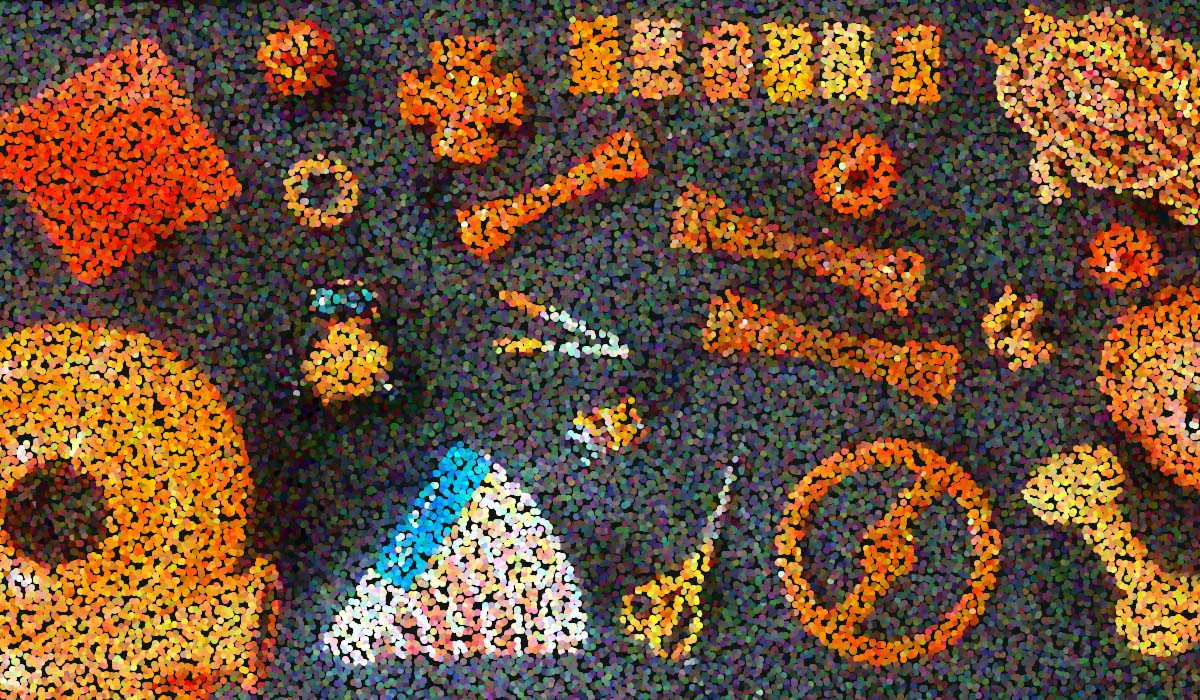
As pet parents, we understand the importance of choosing the best products for our dogs. When it comes to dog toys, we want to strike a perfect balance between durability, safety, fun and attractiveness. The colour of a dog toy can significantly impact its appeal to our canine friends, and selecting the right hue can make playtime even more enjoyable. In this blog post, we will delve into the world of colourand explore how Pantone, RGB, and CMYK systems are used picking BIONIC colours.
Understanding the Importance of colour
Dogs, like humans, are responsive to colours, and the right colour choice can play a pivotal role in enhancing their interaction with toys. Dogs are known to have dichromatic vision, meaning they perceive a limited spectrum of colours compared to humans’ trichromatic vision. Primarily, dogs see in shades of blue and yellow, while reds and greens may appear more subdued. Therefore, selecting an eye-catching orange colour can have a positive impact on your dog’s playtime engagement.
Pantone, RGB, and CMYK: Unraveling the ColourCode
Have you ever gone to the paint store, purchased a colourof paint that you really like, and when you paint it up on your walls, the colour looks different and not what you wanted ? This colour selection challenge is even more difficult when specifying the same colour across various printing and visual formats. Different formats have different colour systems which rarely translate directly between one and the other.
- Pantone: The Pantone Matching System (PMS) is a standardized colour reproduction system that allows for precise colour matching across various materials and industries. Each colour in the Pantone library is assigned a unique code, making it easy for the BIONIC factory and designers to replicate specific hues for use on plastics, clothing or BIONIC RUBBER.
- RGB: RGB stands for Red, Green, and Blue—the primary colours of light used in electronic displays like computer monitors, TVs, and smartphones. The RGB colour model assigns numerical values to each primary colour to produce a wide range of shades. When selecting the RGB orange colour for BIONIC, the values must be balanced to achieve a warm and enticing hue when seeing BIONIC on screens.
- CMYK: CMYK stands for Cyan, Magenta, Yellow, and Key (Black)—the four colours used in traditional four colour printing. Unlike RGB, CMYK is subtractive, meaning colours are created by absorbing light rather than emitting it. BIONIC designers and printers rely on CMYK values to ensure consistency in printed materials such as packaging, brochures or posters. Translating Pantone and RGB colour values into a CMYK colour is not as easy as it may seem.

